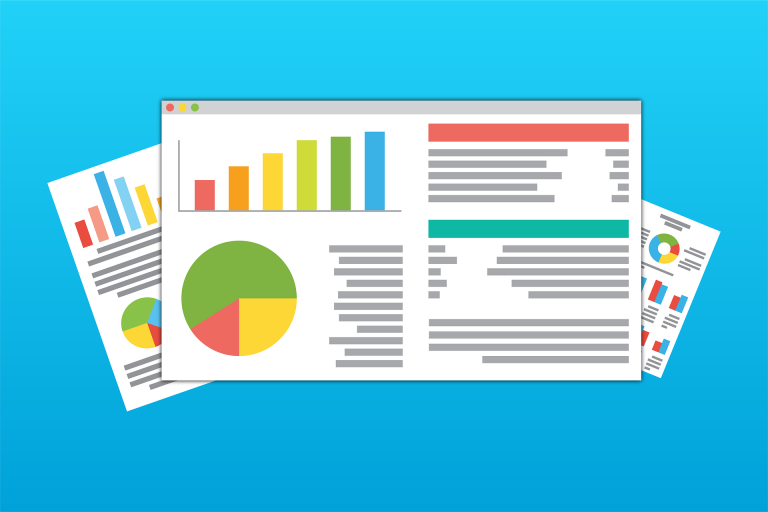GTFS provided the starting point for standardized open transit data’s impact on the transportation sector. Now that it has been in existence for more than 15 years, we can take a look at what’s been added to GTFS, what other standards are out there that don’t rely on GTFS, and important implications for data privacy.
As discussed in the previous post in this series, GTFS describes fixed-route transit, in terms of agencies, routes, trips, frequency of service, stops, stop times, fare rules and attributes, and calendar dates. Other aspects of fixed-route service and other types of service aren’t well accounted for in the original GTFS standard. In some cases, the best option is to build on GTFS by creating a GTFS extension (essentially, an additional set of files and fields to add to a GTFS dataset).
Some of the GTFS extensions already in use or in development include:
- GTFS-realtime, which creates the ability to share real-time information about vehicle locations, for instance
- GTFS-flex, which incorporates demand-responsive service (Because GTFS-flex is especially relevant to mobility managers, we’ll discuss this extension in Part 5 of this series.)
- GTFS-ride, which describes ridership (the number of people on a vehicle, as well as the number getting on or off at a particular stop)
- GTFS-eligibilities and GTFS-capabilities, two specifications currently in development, to capture what rider characteristics allow someone to access a specialized transportation service and what service characteristics support very specific needs of riders (Full disclosure: The authors of this post are under contract with the Oregon Department of Transportation to lead the development of a draft proposal for these two specifications)
- General On-demand Feed Specification project, which will extend GTFS to include on-demand services, such as taxi cabs and ride-hailing services
GTFS has been widely adopted, and at first glance, it might seem like all transit data standards should stem from this core specification. In fact, as new data specifications are considered, it’s important to assess whether GTFS is the right place to start. GTFS and its extensions work very well for discovering whether a trip is possible, under certain conditions (from point A to point B, at this specific time, for example). But the trip life cycle includes more than discovery, and that’s where specifications that aren’t GTFS extensions come into play.
- TCRP Report 210 presents a transactional data standard. This specification is aimed at simplifying the under-the-hood process for booking a range of demand-responsive services.
- E-fare standards, still very much in their infancy, can make it possible for a single payment instrument to be used across agencies, using different vendors.
- The Mobility Data Specification (MDS) covers shared transportation options like scooters, bikes, and cars. Created by the Los Angeles Department of Transportation, MDS supports communication between private-sector operators of these services and public agencies.
A recent case in a federal court examined the privacy rights of e-scooter users in Los Angeles, where micromobility companies are required to share their service data in real time with the LADOT using the MDS standard. As of March 2021, the federal judge ruled in favor of the LADOT, finding that the data collected did not violate the plaintiffs’ legal or privacy rights.
This case raised the question of whether anonymized data can be “de-anonymized”. For example, even though an individual’s personal information (name, address, payment information, etc.) was not shared with the agency, could the shared data be used to infer an individual’s behavior (e.g., a consistent trip from one location to another that could expose an individual’s residence and/or workplace)? Although the judge’s ruling in this matter upheld the use of MDS, the questions raised in the case highlight the importance of considering the implications of opening data when the privacy of system users is at stake.
This series has emphasized the benefits of open data: Easily shared information that allows new applications that support riders and new insights into transportation. It’s also important to examine the potential downsides of opening data widely. MDS offers an example of open data colliding with privacy concerns.
In our next and final installment of this series, we’ll explore one of the most promising developments in data standardization for mobility managers, and we’ll examine key considerations for producing open data at your organization.


